Welcome to the latest addition of our Show Us Your Space series, where we explore and celebrate the unique music-making environments of studio owners, independent builders, and musicians at all levels. Today, we're heading to Baltimore to take a virtual tour of The Moose House, co-founded in 2015 by Ryan Escolopio and Ernesto J. Ponce.
The Moose House is a half-job, half-passion project for the two musicians. Ryan came from an early 2000s pop-punk band called Wakefield, while Ernesto spent time engineering in Austin, Texas before going on tour with a band called V.A.S.T.
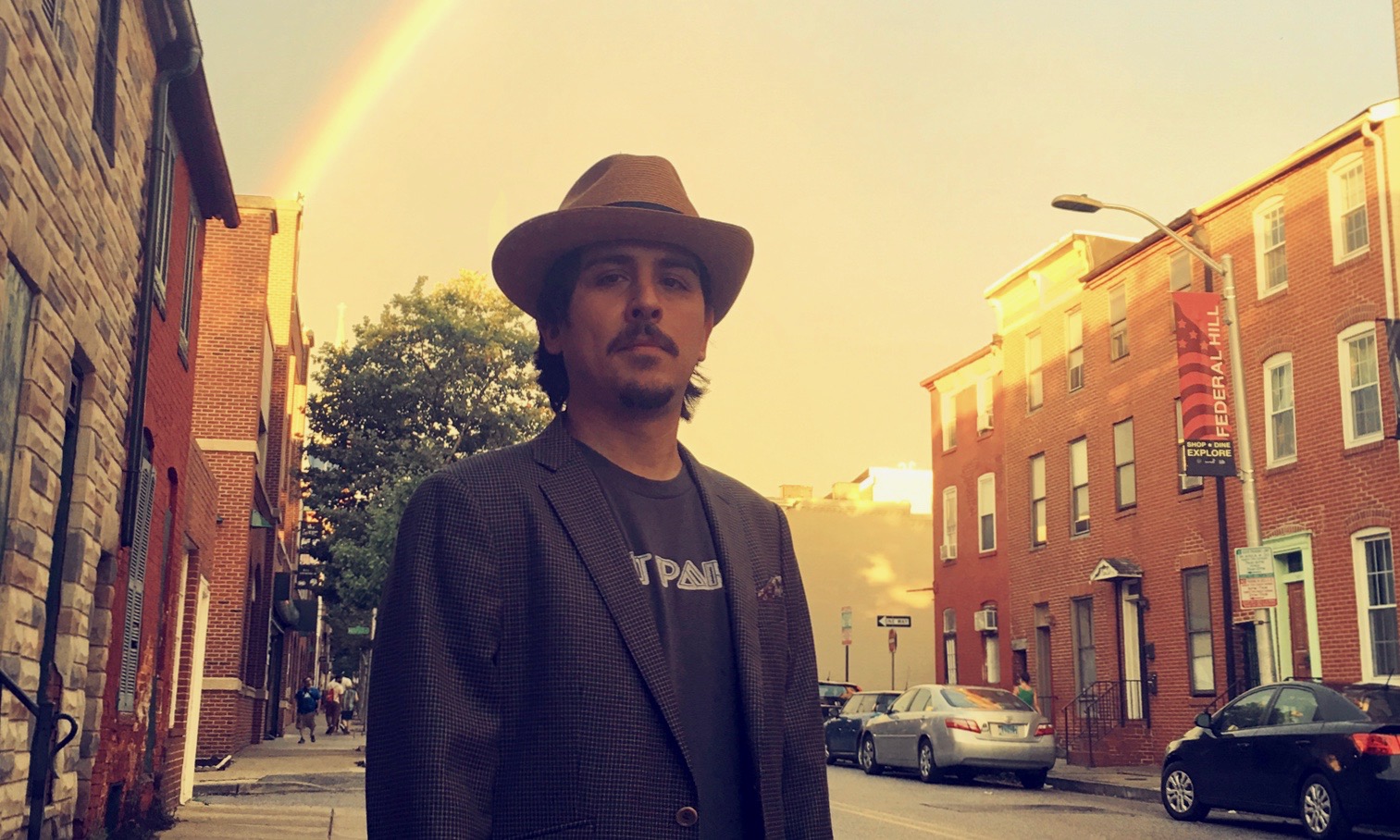
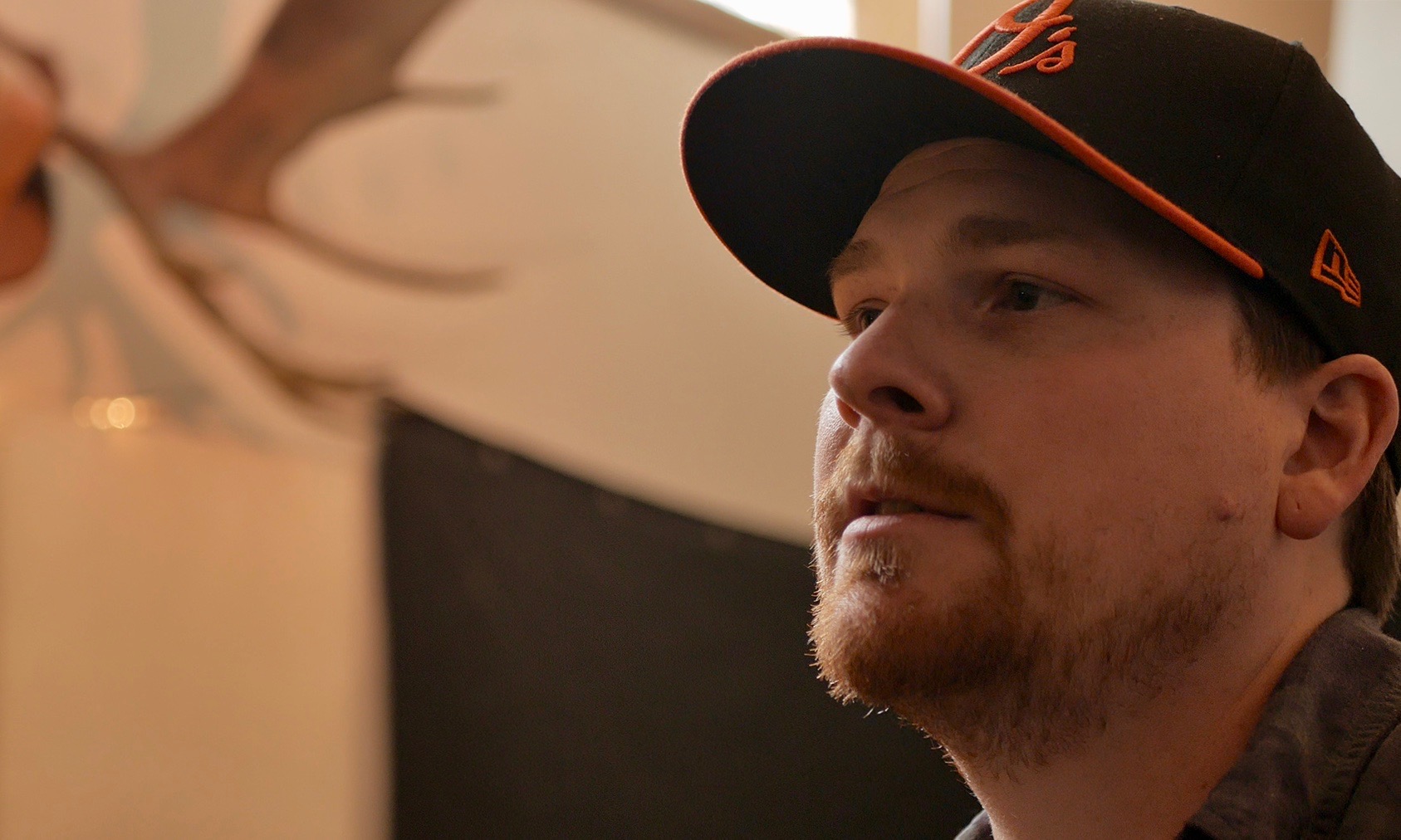
When Ernesto moved to Baltimore in 2009, he and Ryan serendipitously found a studio in the Remington area of Baltimore that was already built-out, with an audio booth and everything, and the rest is history.
Keep reading below to take a look around the inside of The Moose House, check out the gear, and hear more about the kind of work the production duo has accomplished there.
Have you assembled a great practice space, project studio, or music workshop? Be sure to drop us a line at [email protected].
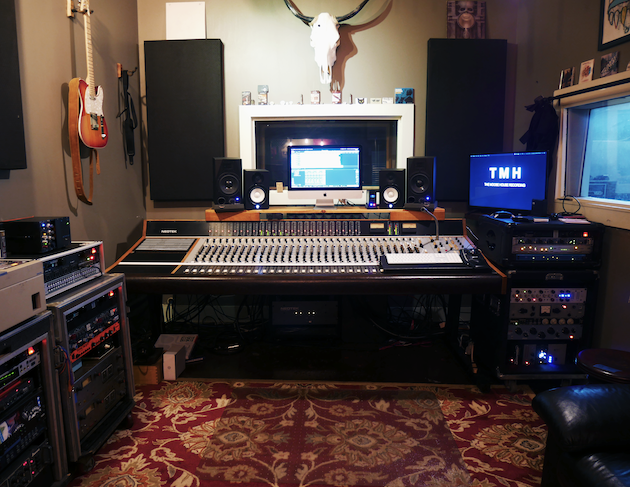
We opened The Moose House in 2015 with not much more than a Black Lion modded Digi 003 and a few pieces of outboard in an Argosy desk. We had wanted a large desk from the beginning, but it always seemed out of reach, and we thought it better to invest at first in outboard pres, a few compressors and good conversion.
We got our feet wet a couple of years ago with a 12-channel Quantum Audio Labs mixer, and although it was fantastic for summing (it could hang with some seriously expensive consoles in regard to summing, especially when modded), we needed something for work-flow and preferably in-line.
We pretty soon found that if we were going to stay under $15,000 USD or so, the best bet would be a Neotek. We absolutely love it. We found it on Reverb, sent various messages to a fantastic gentleman in Chicago, flew in and drove it back 12 hours to Baltimore.
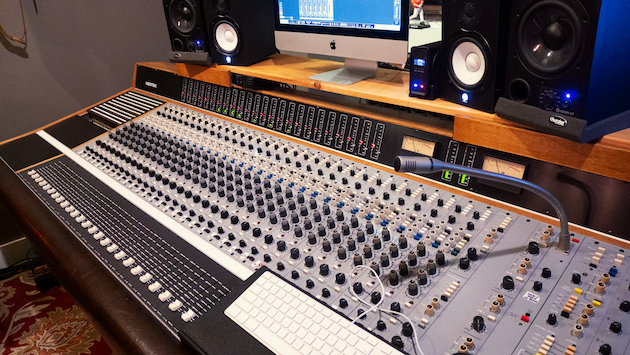
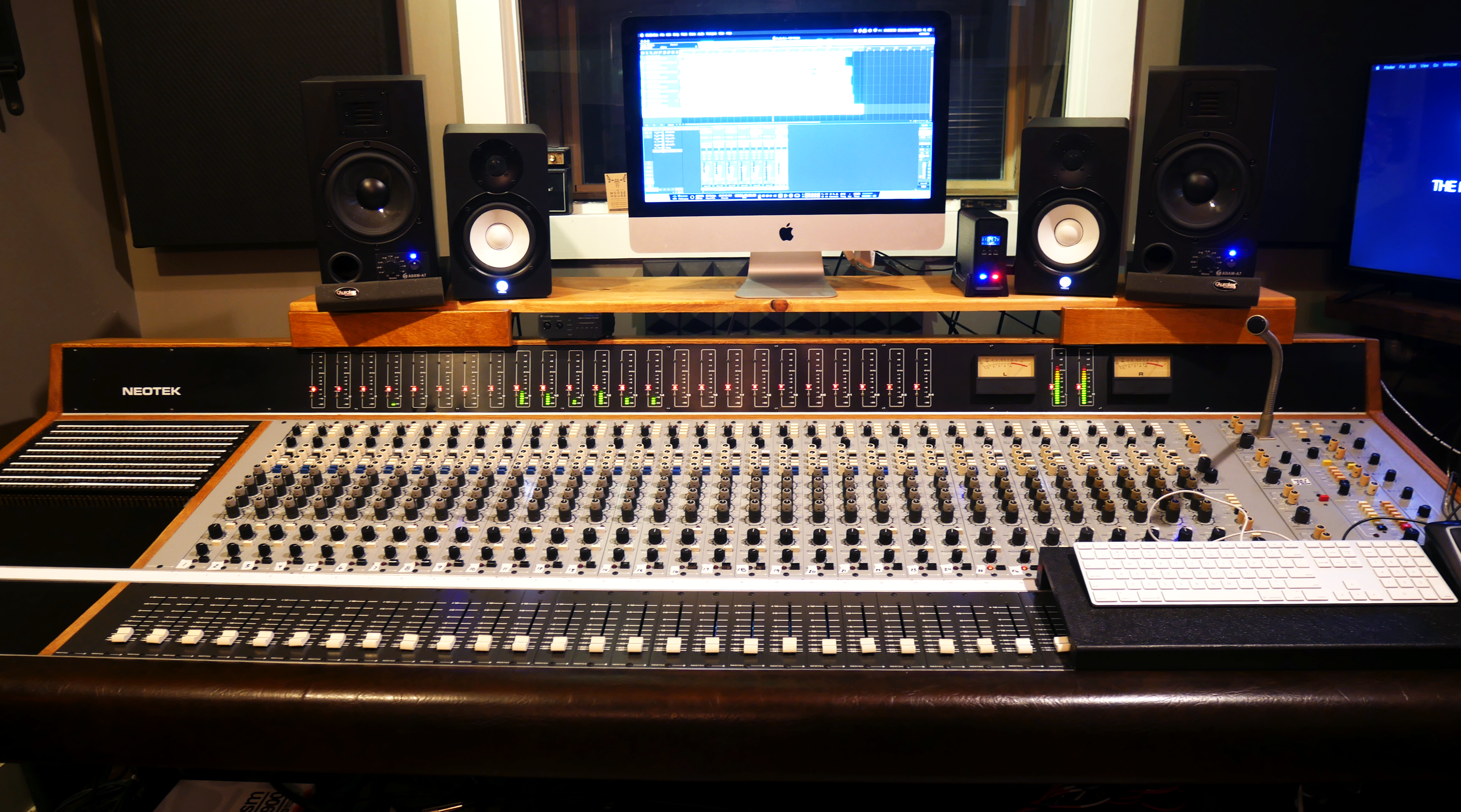
We really couldn't be happier, because although it is super clean—and I know some guys don't like that—I prefer to get my sound on the front-end and don't like when my summing is doing too much in the way of harmonics.
As far as the sound it does have, it is super quick and accurate but still kind of dignifies the signal a bit, has lovely space and width, the EQs just work, and, overall, it does what you would want good summing to do. For tracking, it is fantastic having 32 channels of pres with talk back, cues, etc. all in-line.
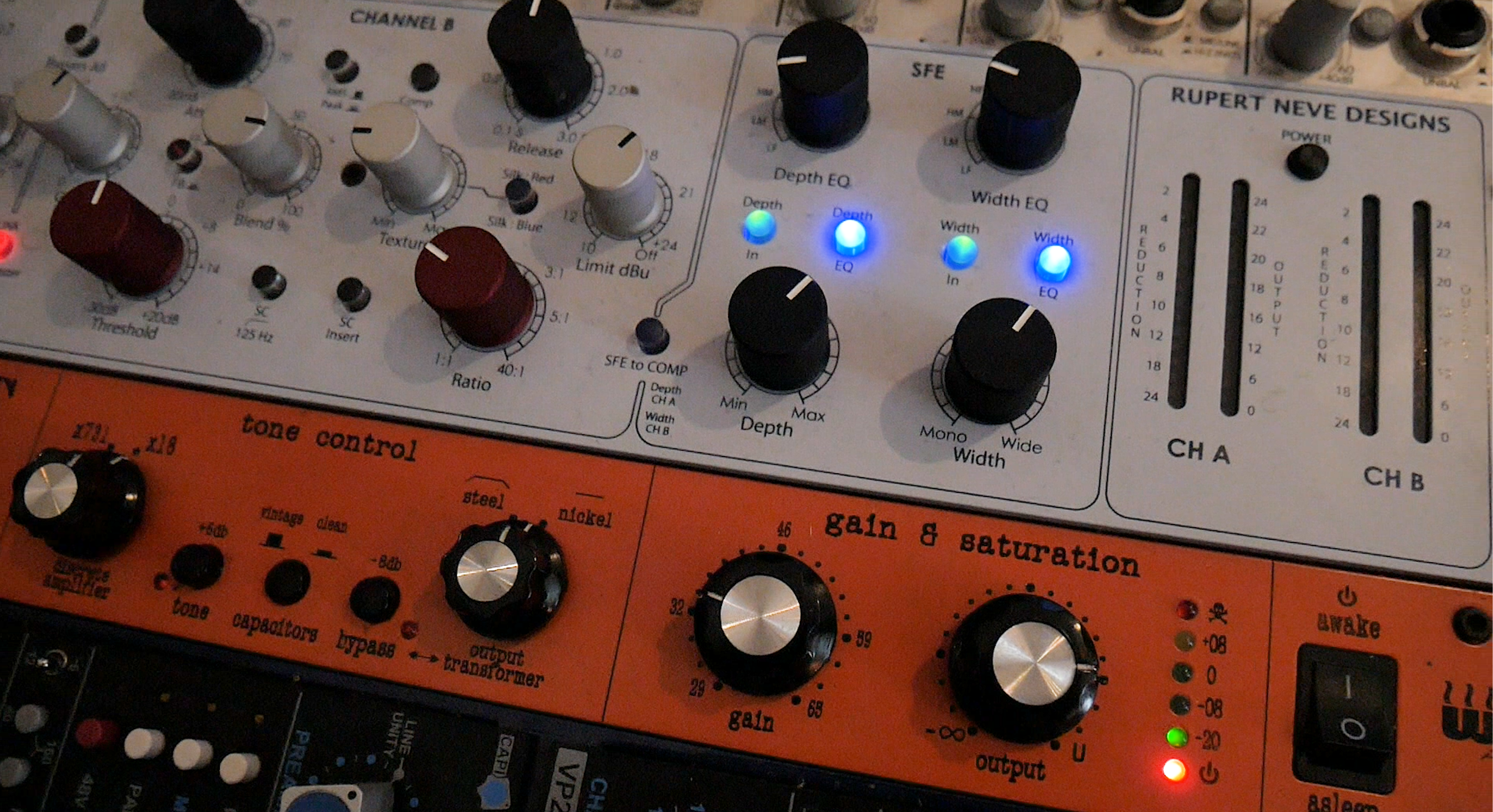
This is probably the piece that made the biggest difference in the quality of our sound when we bought it. We really jumped up a few levels in terms of what we could offer our clients. If there was one piece that I would recommend to any studio that's just starting out, it would be this one. That, and really good conversion (we love our Myteks!).
This buss processor really offers more than anything else does at it's price, with the stereo effect control and EQ filters, different styles of compression, a pretty functional limiter, harmonics, etc. But the main thing about it is how it just makes things sound a little more high-end and finished. It helps frame the mix, so to speak, and you can experiment with putting the mix in a number of different frames so that it sounds like a record. I would hate to mix without it.
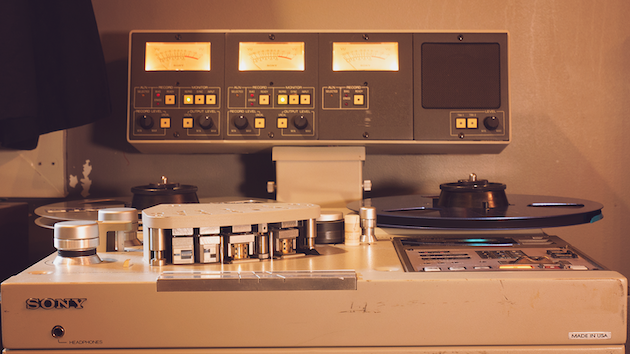
Made in the US! Made Right! I love this deck—especially with SM900 at 15ips. These are lesser-known decks but essentially the culmination of the MCI legacy and one of the last decks Sony made, if I'm not mistaken. It's like they finally got tape to be accurate, easy to calibrate, and with minimal noise floor and then digital took over!
There's probably like two guys in the country that can fix this thing, but that's the risk we take. I prefer it to many Studers because, to me, it sounds more detailed; Studers can be a little too soft at times. The Sony is also super cool in that it can digitally store three tape-formulation settings for three different speeds! I've thought about getting a 1/2-inch block for it from ATR but at the end of the day, I can't justify it because it already sounds fantastic.
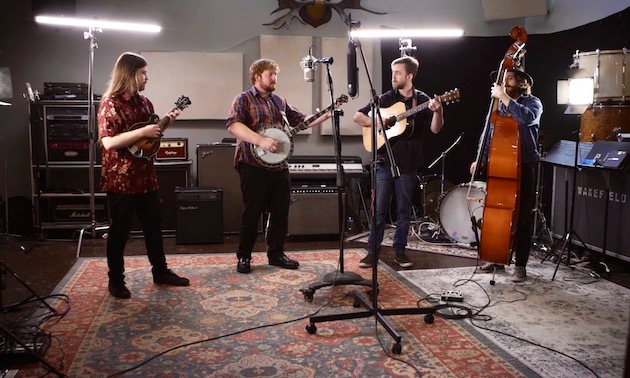
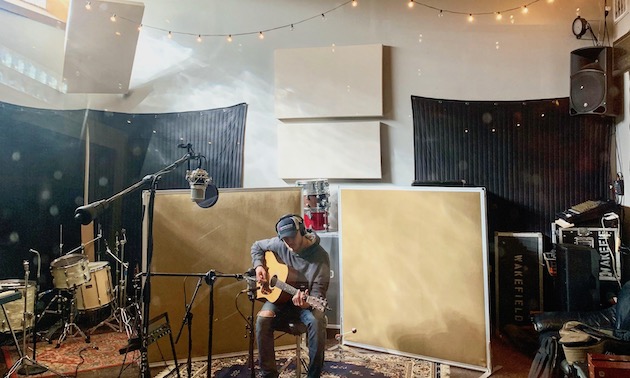
The live room! I've worked in a number of different live rooms, and although I'm biased, I'd have to say that this is the one for me. It's never going to be your huge, stadium rock drums-sounding room. But, essentially, if you have good instruments and good players, it just sounds natural.
There's no weird ping-iness, and there's not too much low-mid buildup. The room is about 420 square feet, and I'd say the ceilings are about 20 feet or so, with canvas drape ceilings. The canvas has a certain sound and kind of absorbs how you think it would. So if we want it a bit "livelier," we'll just move some of the area rugs around a bit.
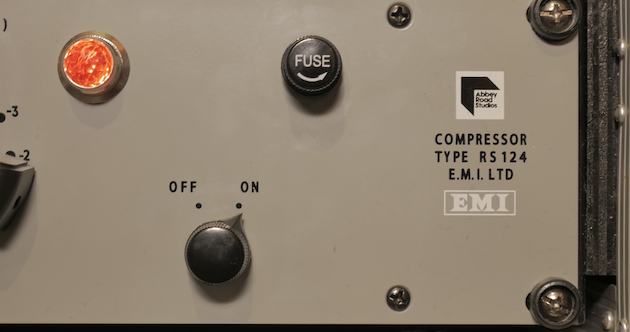
What's not to love? I fell in love with how this compressor sounds years ago, actually, via a plug-in version of it. When we purchased the RS124, we already had a Distressor and also a 76 clone. I think we were really just wanting something that—like the MBP—made stuff sound a little more expensive.
There's a high-end quality to a lot compressors in this price range, and although it cost a pretty penny, we use it 90% of the time on all vocals we do—sometimes in combination with other compressors, sometimes by itself.
It's tube and vari-mu, so even just running some less-than-ideal signals through it will help things out. The hold feature is fantastic on bass or vocals during mix-down and keeps things in the pocket.
Between this, our Distressor, and our RND 535 Diode Bridge Compressor, we have a lot of bases covered.
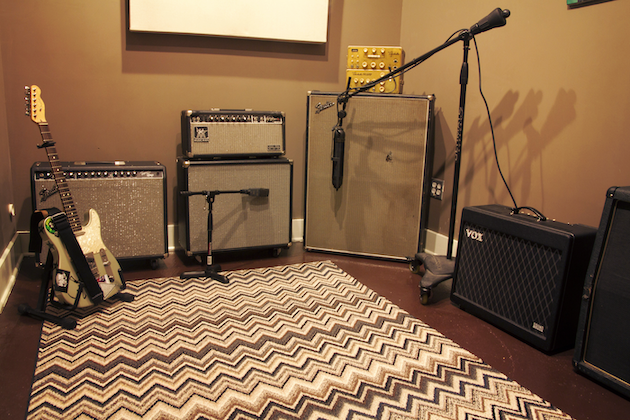
The AEA R88 is my favorite mic for drum overheads. You don't have to worry about your imaging—it can catch the whole range of the drum-kit if you want it to, or you can hi-pass and EQ to get it a bit less warm. It always sounds super natural, like only ribbons can. I've used it on everything and is one of my favorite flavors.
The R88 is a seriously good kick drum mic too, placed about two to three feet away and pointing down in between the rack toms and kick. I'll use a little Elysia nvelope and Warm EQ-P1A, and I'm surprised how much of the drum sound comes from just that mic and the snare. If I'm running stereo overheads on drums though, I have to use it there—it's just always a great cymbal sound in my opinion.
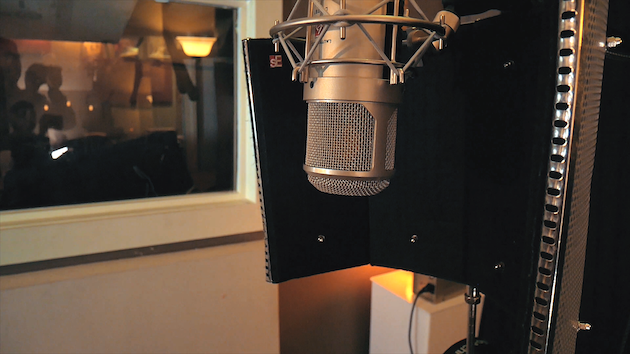
After a couple years of owning the studio, we started doing a lot more vocals but still hadn't pulled the trigger on a really nice tube LDC. For vocals, I want tube most of the time. I'm not sure I would have gone with the Lauten had it not been for an amazing deal that I came across, but I am so glad I did.
The Oceanus sounds fantastic on most everything, but especially on vocals. The best thing is that it doesn't sound like the standard Neumann clone, it has a unique sound all its own. The diaphragm is larger than most LDCs, and you can hear it. Also, the dual tube design makes sure it doesn't get too gooey or tubey.
The tubes were changed to NOS Telefunken and RCA and that helped smooth out the mid-range a touch and give it a little more heft.
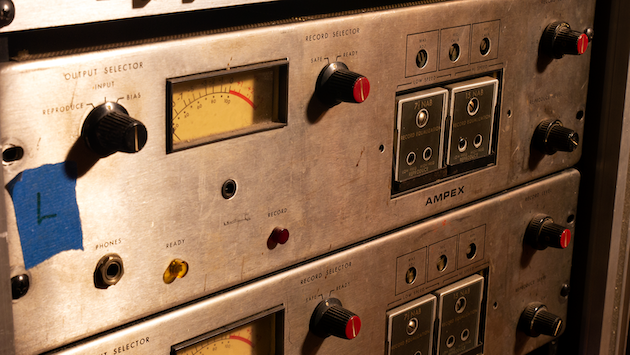
These were the line-amps to the Ampex germanium transistor-based AG-350. I have nothing else that sounds like it, and sometimes, nothing else does the trick but these guys. I had thoughts of rehabbing the transport, but I figured most of the sound would come from these anyway so I never did.
I use them mainly on background vocal busses, drum parallel buss, or anything that needs some cool germanium harmonics. It also does this really cool compression to the signal too, probably just transformers saturating. I interface to it with a Radial J+4 line-driver.
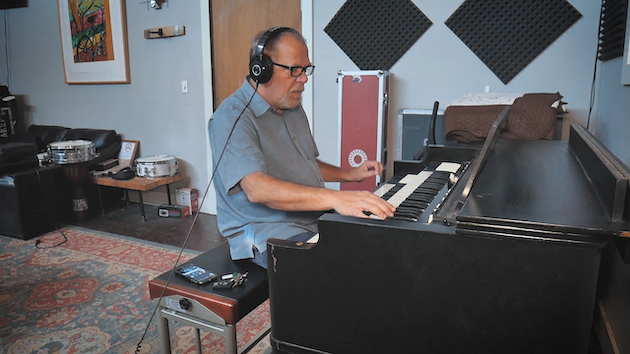
There's just nothing like the sound of the real thing! From what my technician tells me, the 1950s Hammonds were the pinnacle of Hammond manufacturing. The insides are a work of art and engineering.
For me, Rhodes, most synthesizers, and even acoustic pianos are a lot easier to simulate through samples, workstations, etc. But the B3 sound has to be the real thing. If you play a digital one, at least pump it out of a real Leslie and mic it up!
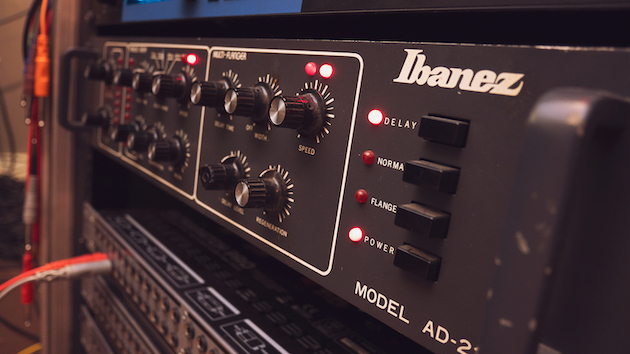
Another thing that I'll never get rid of is this Ibanez AD-230. It's worth its weight in gold for just the way it can thicken up a vocal on the smallest delay setting. It's one of the only delays I've used that can do a legit double take, where you can pan the original track hard right and the delay hard left and not have the signal completely collapse.
The flanger is super cool, too. I'll usually print an effect off of the half-normal when tracking guitars and it just mixes itself.
To find more information on The Moose House, visit its website, Facebook and Instagram pages.
